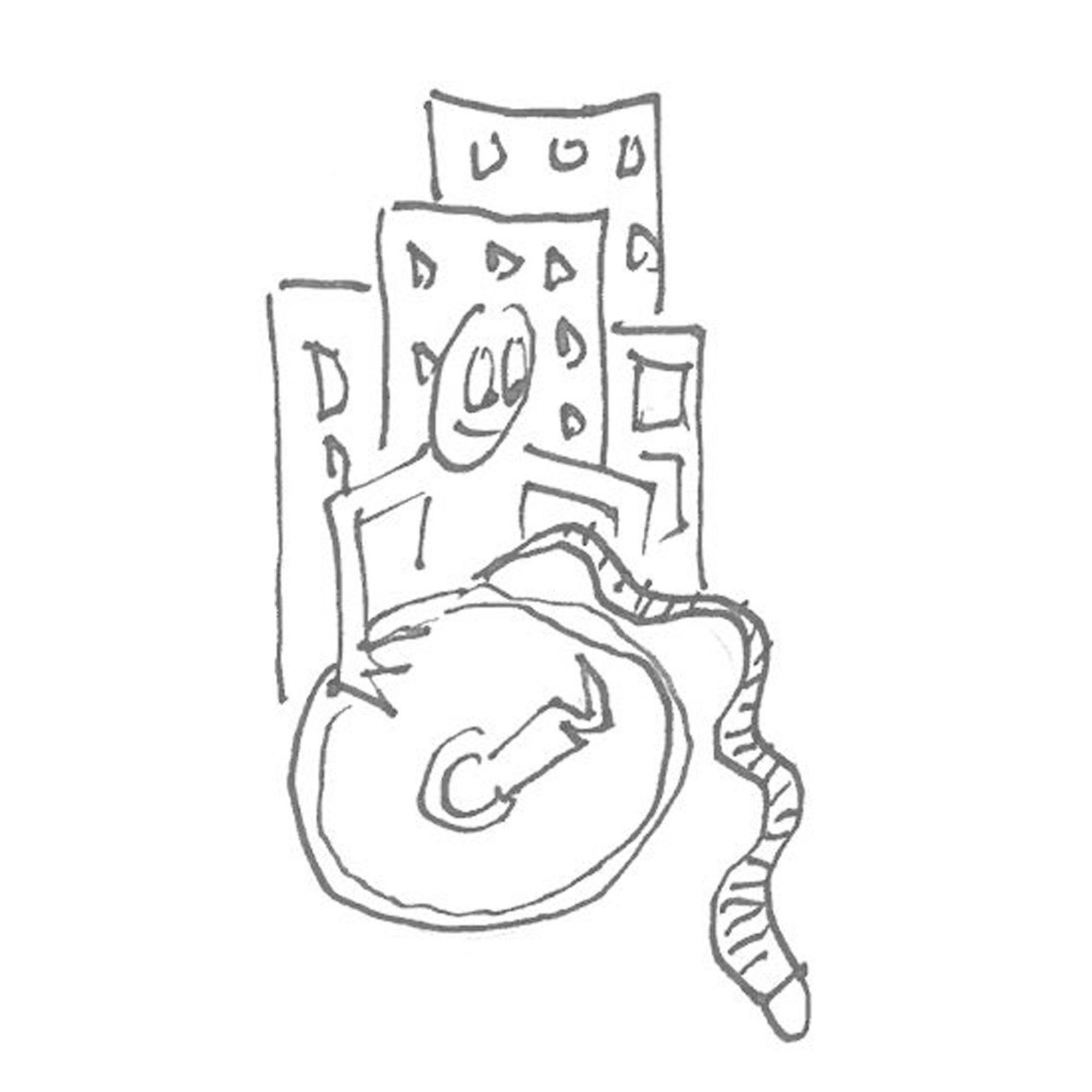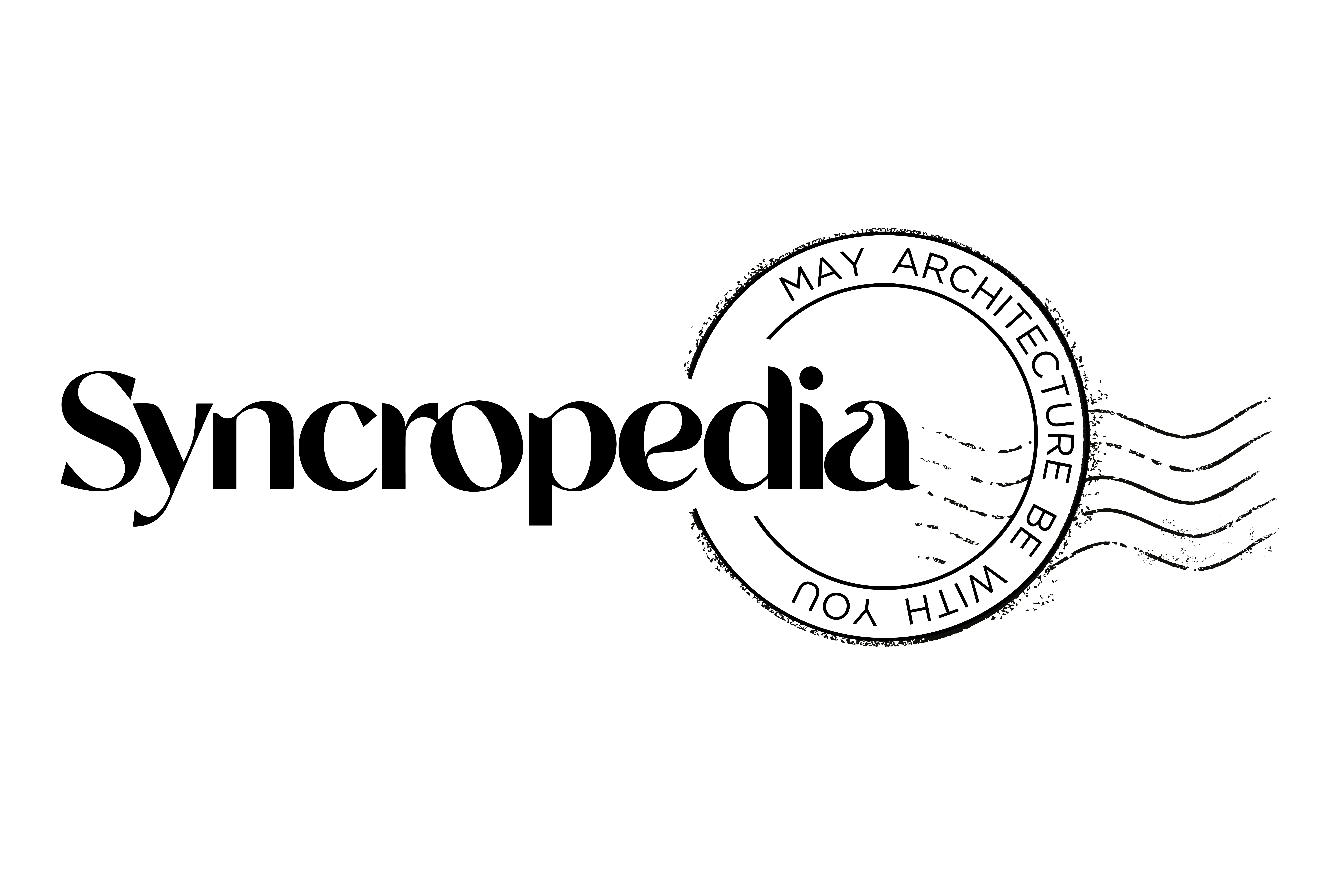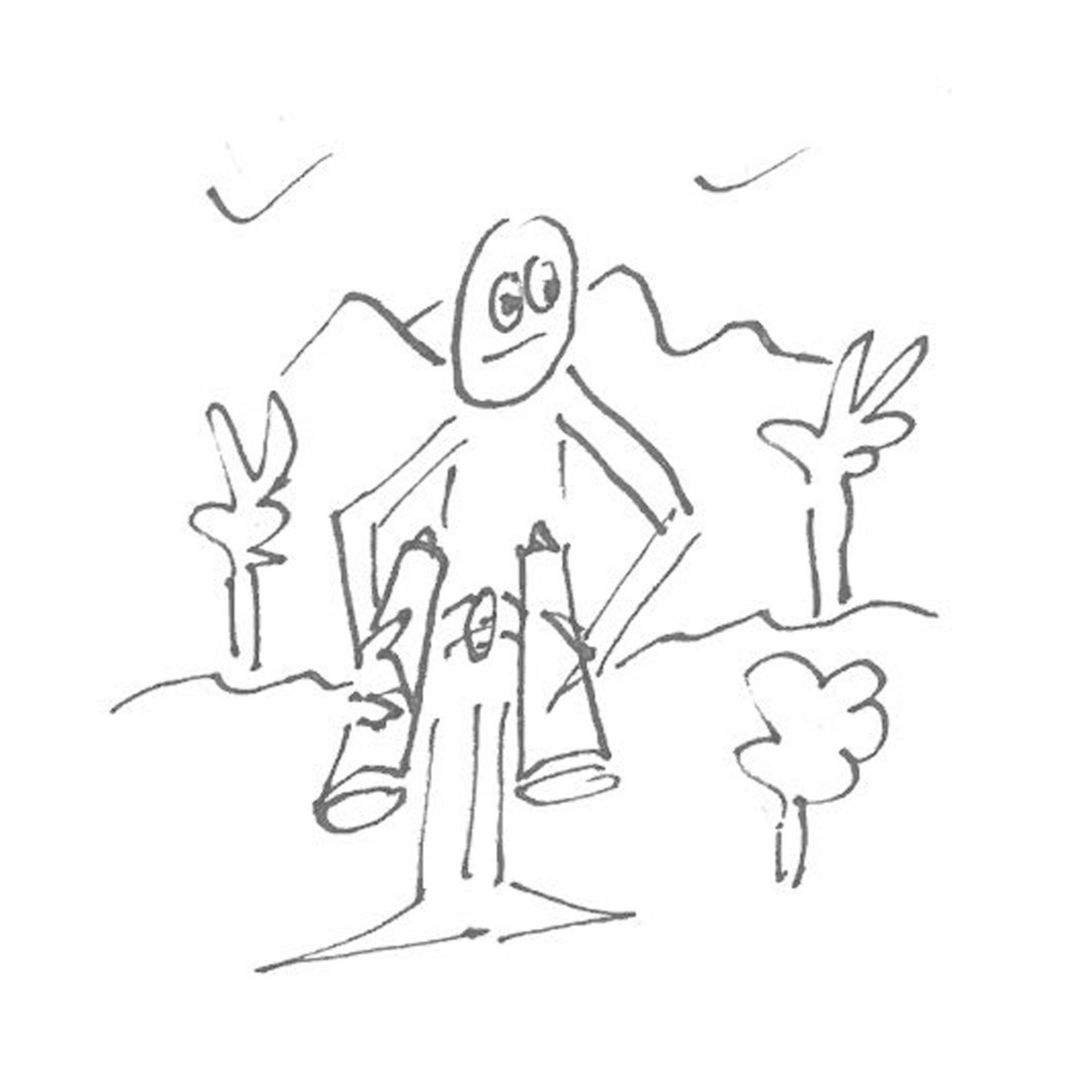"Architect, I called you because I would like you to design my beach house, like George Clooney's on Lake Como".
Those who have not received such a request in their professional career are very lucky.
I've heard many of them when talking to fellow designers and architects: “a lamp like Tizio”, “an English garden”, “a building like Zaha Hadid”, “a yacht like Philippe Starck’s”, “a stand like B&B Italia”, “a logo like Nike”, and so on.
For a professional, the client relationship is the most complex and delicate issue on which the success of the project and the success of the client/professional relationship depend.
From my experience, I think that a brief creates the best conditions to build the basis, but only the basics, although essential, for a positive relationship. Not surprisingly, it is said that relationships are a kind of "chemistry", and the brief represents well the basic "formula" to subsequently test the actual reactions.
Just as a chemical formula enables molecules, substances, and materials to be created under certain conditions, the brief creates the necessary conditions for concrete and positive design to satisfy the client and the designer.
The mother of all information needed to start formulating a project idea.
Creative ideas can come from anything at any time, but the design idea, the concept, must come from a more or less conscious brief. Therefore, it is better to be mindful and, I would add, shared.
 Luca mt
Luca mt
There are three types of clients: the one who has a clear idea in their head, and has even written down their expectations, then there is the client who “doesn't know” or who has few ideas but is confused, and finally the client without a brief. The client with the “typical"' brief belongs to this category, which is the most dangerous.
When they become professionals, I advise my students to carefully avoid “not having briefs” because nine out of ten times, the project turns into a battlefield and the client who has the economic weapon in his hands always wins.
There are three types of professionals: the empathic one who knows how to listen to the client with the brief, how to help the confused client, and how to avoid the “no brief” client.Then there is the confused professional who, in the first case of a client with a brief, confuses his ideas, in the second case increases his confusion, and in the third case winds up in a tangle of inconclusive proposals. Then there is the hero/ingenue professional who starts designing based on their convictions, which, as the project progresses, realises that these do not correspond to the client's. The project turns into a conflictual ordeal.
But in reality, there is another type of client and professional who get along without too many problems: the client without ideas, with money and little time, who encounters the "god" professional who sells them a project designed in their image and likeness. Architecture books are full of it.
The above in the case of private clients, but, with some noticeable differences, the scheme also fits the "corporate " or " public institution " client, where the complexity of a brief becomes more complicated in proportion to the number and type of participants, whether more or less hidden, in the decision-making process and due to the role of the insidious non-transparent motives. Similarly, competitions can be categorised into three categories: those with comprehensive and well-understood briefs, unclear and cannot be interpreted, and those that are cleverly structured for those who have to win them, which are usually too general or too detailed.
The brief is like the Bermuda Triangle, where various concomitant forces, unmanaged or unmanageable, create a system whereby a shipwreck is unavoidable.
In my experience and that of many of my colleagues and friends, only the professional's shrewdness in recognising the type of client, his empathic ability to understand the client's wishes and needs, and a sincere spirit of cooperation, starting from the brief and throughout the project, are the skills needed to deal with any situation and manage the delicate relationship between client and professional at best or at the very least (which is excellent).






